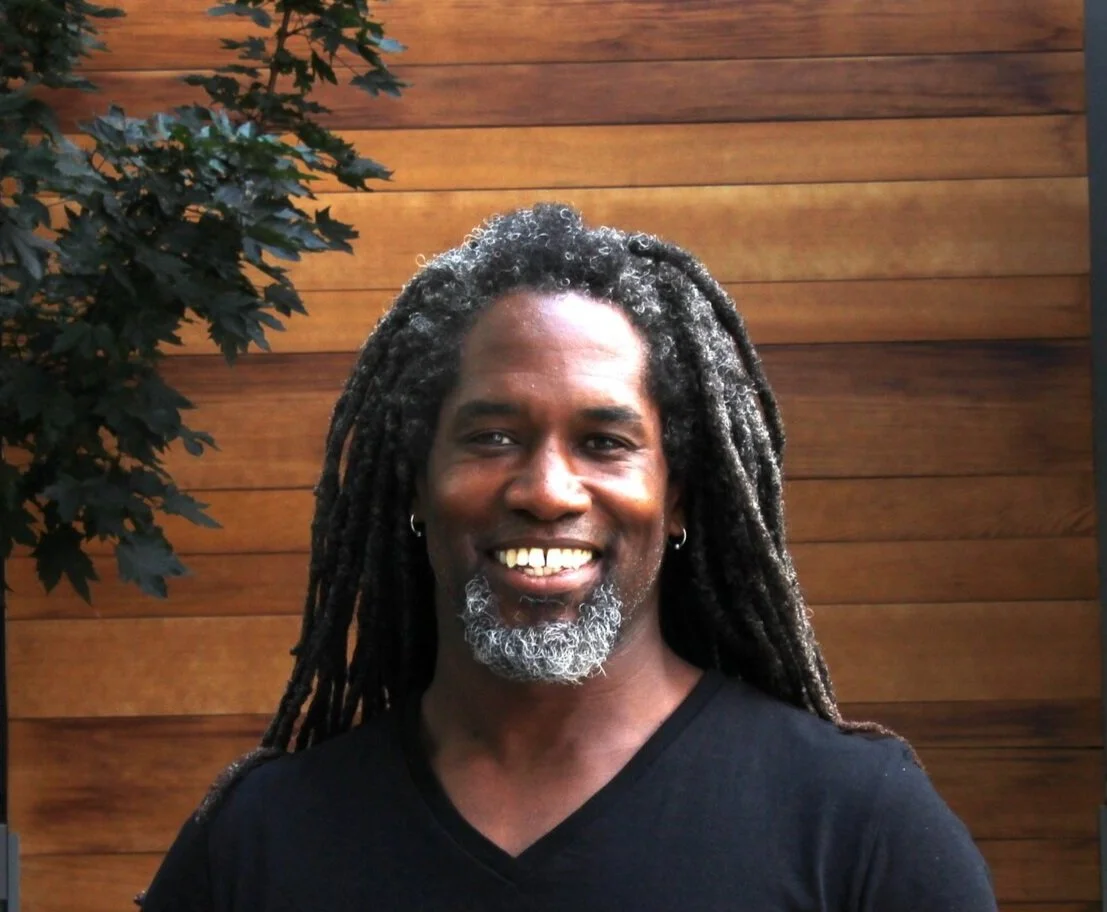Have you hit a plateau of interest and results in your workouts? You may just need to amp them up with these 5 easy changes.
Personal Trainer Wisdom: Whether a work project or living in a relationship, you never want to “just go through the motions”. It is a status quo approach that rarely enhances your life or helps you achieve your goals. This especially applies to your fitness program. I often see people incorporate the quantity of time in the gym (e.g., 5 days per week, 60 minutes per day) but rarely the quality (e.g., low intensity instead of moderate to high….and sweating isn’t the indicator of this effort). Are you “just going through the motions” for each exercise you perform? Can you barely complete the remaining 2 reps of a given set? If you’re shooting for 12 reps and can perform 15-20 reps, you may be robbing your muscles of the appropriate challenge to rebuild stronger and toner. Instead, do a check-in on the 3rd rep of the set and ask yourself “Can I perform 12 more reps (or whatever number you chose) at this point (for a total of 15 instead of 12)?” If so, you may want to increase the weight and push that muscle to exhaustion.
Personal Trainer Wisdom: Many eager gym rats grew up performing the traditional workout program: Choose a muscle group (e.g., chest) and 3-5 different isolated exercises (e.g., presses, flyes, pushups, etc.) and then perform each for 3-4 sets with a 1-2 minute break in between. While you will certainly build strength and size in this format, you are missing muscular and aerobic endurance development….elements of a workout program necessary for optimal health. To avoid this shortfall, perform consecutive exercises while focusing on more than one muscle group. Performing exercises within a circuit (e.g., 5-10 exercises without a break) will increase your heart rate and improve your aerobic capacity while also increasing your muscular endurance with the constant demand on your muscles. By focusing on several muscle groups, you can give 1 muscle active recovery while you work on the next (e.g., band chest press followed by a step-up with a dumbbell hammer curl). Since there is a aerobic element to this format, you may not achieve a 100% max strength output (e.g., bench press for 1-2 reps) due to this type of fatigue, you can still build your strength with lesser a weight (e.g., bench press for 12 reps at 70% output). Definitely an approach that can achieve many facets of physical health!
Personal Trainer Wisdom: Even with an effective routine you might easily lose interest in any particular exercise and consequently approach each exercise with less intensity. Occasionally, you may need to adapt the exercise to bring a new level of stimulation. If you dread your next set, throw it off balance….literally. If you plan to squat, perform a cable row as you stand from the squat. If you plan to perform a dumbbell chest press on the bench, lunge forward as you perform a standing press with a resistance band instead. By adding instability to your exercise, you not only increase your heart rate by firing other muscles, but you also recruit new stabilizers and increase your laser focus to complete the movement. With this being said….
Personal Trainer Wisdom: Although you perform relatively the same movement to fire a particular muscle (e.g., Presses and flyes for chest, rows and pulldowns for back, etc.), the type of equipment you choose can completely change how and which muscles are recruited. For example, you swapped your stable, isolated dumbbell chest press on the bench for the standing resistance band press above. Even without an added lunge, you are changing the dynamic of this movement. Both chest exercises involve the press movement but substituting the dumbbells for the resistance bands will force you to fight a counterforce that didn’t exist while lying on the bench. As you press forward with the bands, their rubberband effect throughout the movement will force you to now recruit more back and shoulders muscles to counter the force. Using cables, medicine balls, kettlebells, and other attachments can also add a little spice to your normal routine.
Personal Trainer Wisdom: How do you effectively and efficiently use the time you allot for fitness? Most people schedule 60 minutes for a fitness session. What are you really doing during that time? I’ve seen people take different lengths of breaks aimlessly walking from one exercise to the next. Why not move with intent and cut out the fluff? If you really intend to only exercise for 30 minutes, why don’t you complete it within 30 minutes? This could be the answer to maintaining a higher level of intensity and interest, too.
Photo Credit:
Fortlelock .com–Could new equipment be the answer to amping up your workout?
Choose a set number of reps and be certain you perform each set until failure.
Personal Trainer Wisdom: Whether a work project or living in a relationship, you never want to “just go through the motions”. It is a status quo approach that rarely enhances your life or helps you achieve your goals. This especially applies to your fitness program. I often see people incorporate the quantity of time in the gym (e.g., 5 days per week, 60 minutes per day) but rarely the quality (e.g., low intensity instead of moderate to high….and sweating isn’t the indicator of this effort). Are you “just going through the motions” for each exercise you perform? Can you barely complete the remaining 2 reps of a given set? If you’re shooting for 12 reps and can perform 15-20 reps, you may be robbing your muscles of the appropriate challenge to rebuild stronger and toner. Instead, do a check-in on the 3rd rep of the set and ask yourself “Can I perform 12 more reps (or whatever number you chose) at this point (for a total of 15 instead of 12)?” If so, you may want to increase the weight and push that muscle to exhaustion.
Perform your fitness routine within a circuit while focusing on more than 2 muscle groups.
Personal Trainer Wisdom: Many eager gym rats grew up performing the traditional workout program: Choose a muscle group (e.g., chest) and 3-5 different isolated exercises (e.g., presses, flyes, pushups, etc.) and then perform each for 3-4 sets with a 1-2 minute break in between. While you will certainly build strength and size in this format, you are missing muscular and aerobic endurance development….elements of a workout program necessary for optimal health. To avoid this shortfall, perform consecutive exercises while focusing on more than one muscle group. Performing exercises within a circuit (e.g., 5-10 exercises without a break) will increase your heart rate and improve your aerobic capacity while also increasing your muscular endurance with the constant demand on your muscles. By focusing on several muscle groups, you can give 1 muscle active recovery while you work on the next (e.g., band chest press followed by a step-up with a dumbbell hammer curl). Since there is a aerobic element to this format, you may not achieve a 100% max strength output (e.g., bench press for 1-2 reps) due to this type of fatigue, you can still build your strength with lesser a weight (e.g., bench press for 12 reps at 70% output). Definitely an approach that can achieve many facets of physical health!
Add balance to your program.
Personal Trainer Wisdom: Even with an effective routine you might easily lose interest in any particular exercise and consequently approach each exercise with less intensity. Occasionally, you may need to adapt the exercise to bring a new level of stimulation. If you dread your next set, throw it off balance….literally. If you plan to squat, perform a cable row as you stand from the squat. If you plan to perform a dumbbell chest press on the bench, lunge forward as you perform a standing press with a resistance band instead. By adding instability to your exercise, you not only increase your heart rate by firing other muscles, but you also recruit new stabilizers and increase your laser focus to complete the movement. With this being said….
Swap out the piece of equipment for each exercise.
Personal Trainer Wisdom: Although you perform relatively the same movement to fire a particular muscle (e.g., Presses and flyes for chest, rows and pulldowns for back, etc.), the type of equipment you choose can completely change how and which muscles are recruited. For example, you swapped your stable, isolated dumbbell chest press on the bench for the standing resistance band press above. Even without an added lunge, you are changing the dynamic of this movement. Both chest exercises involve the press movement but substituting the dumbbells for the resistance bands will force you to fight a counterforce that didn’t exist while lying on the bench. As you press forward with the bands, their rubberband effect throughout the movement will force you to now recruit more back and shoulders muscles to counter the force. Using cables, medicine balls, kettlebells, and other attachments can also add a little spice to your normal routine.
Change your workouts from 60 to 30 minutes.
Personal Trainer Wisdom: How do you effectively and efficiently use the time you allot for fitness? Most people schedule 60 minutes for a fitness session. What are you really doing during that time? I’ve seen people take different lengths of breaks aimlessly walking from one exercise to the next. Why not move with intent and cut out the fluff? If you really intend to only exercise for 30 minutes, why don’t you complete it within 30 minutes? This could be the answer to maintaining a higher level of intensity and interest, too.
Photo Credit:
Fortlelock .com–Could new equipment be the answer to amping up your workout?































